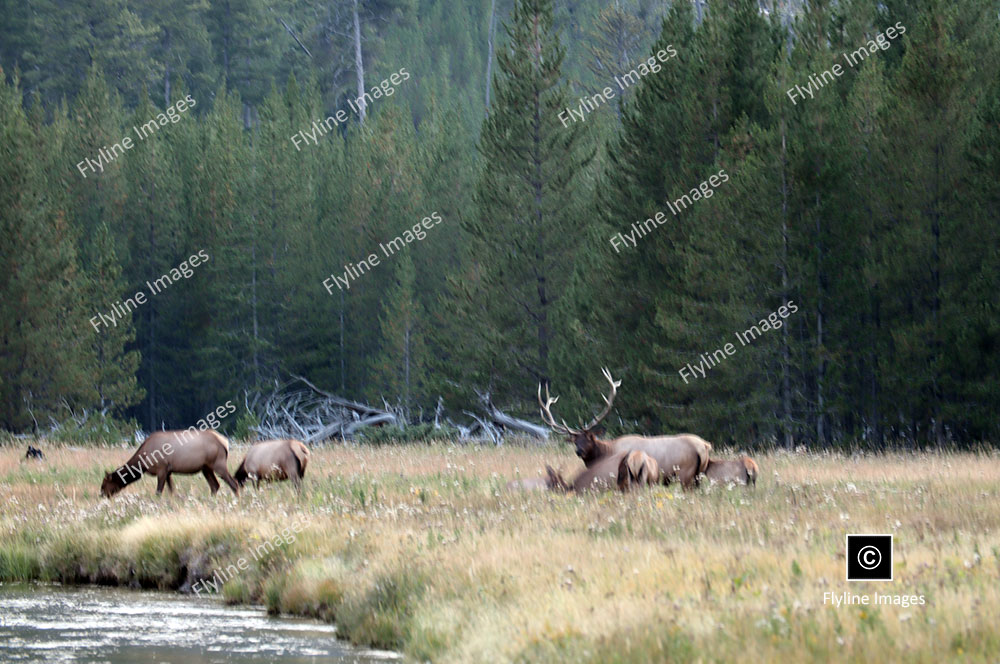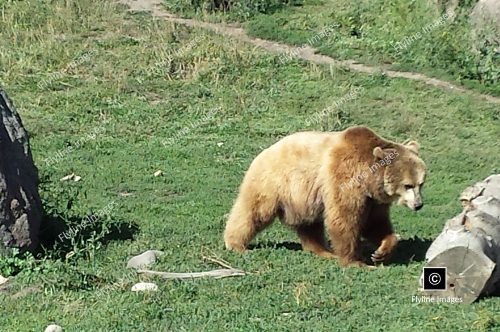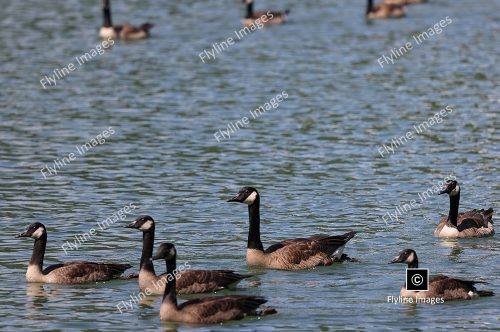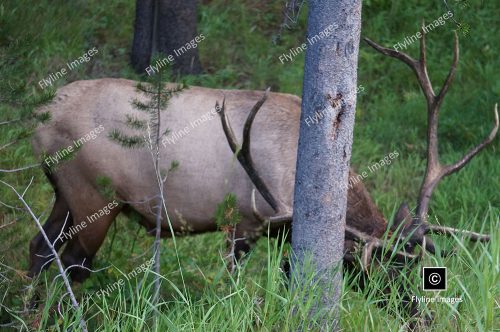Elk In Yellowstone National Park
Elk 0709
$5.00
Description
Purchase this photo for your use. This group of Yellowstone Elk was feeding along the Madison river.
Image & Download Information
For this product, we have provided 3 image size options, Large 4000 x 2500, Medium 2000 x 1250 and Small 1000 x 625. When you purchase this photo, you will receive an email confirmation of your order. That email will summarize your purchase and provide you with the download links for the images and videos you purchased.
MORE ABOUT THIS PHOTO
The presence of elk herds in Yellowstone National Park is a testament to the rich biodiversity and ecological complexity of this protected area. These majestic animals roam freely throughout the park, embodying the wild essence that Yellowstone is known for. During the fall, the elk’s mating season, or “rut,” transforms the meadows into stages for their captivating displays, drawing visitors from around the world. Conservation efforts within the park ensure the elk populations are managed sustainably, balancing their health and numbers with the overall ecosystem health. This delicate equilibrium allows for not only the elk’s survival but also for the myriad of species that share their habitat, showcasing the intricate web of life that thrives within Yellowstone.
The presence of elk in Yellowstone not only provides a unique experience for visitors, but it also plays an essential role in maintaining the park’s overall ecosystem. As primary herbivores, elk help to control plant growth and maintain a balance between different plant species, preventing any one species from dominating and potentially harming the others. This, in turn, supports the diverse populations of other animals that depend on these plants for food and shelter.
Moreover, elk also serve as a vital prey species for predators such as wolves and grizzly bears, which play crucial roles in keeping the ecosystem in check. As part of the natural food chain, elk help maintain a balanced population of predators, preventing overpopulation and ensuring the survival of other species.






